
Developer: Hyperstrange
Publisher: Qubic Games
Platform: Switch, PC, PS4, Xbox One
Tested on: Switch
LOUD – Review
Polish developer Hyperstrange is probably best known for rather violent games like POSTAL: Brain Damaged and CROSSBOW: Bloodnight. Their latest title, LOUD, seems like an oddity in their lineup: it’s basically a cross between Guitar Hero and Life is Strange, combining rhythm gameplay with a narrative about teenage struggles rather than a game where blood splashes across the screen every fifteen seconds. The combination of an emotional adventure and button-mashing guitar action definitely sounds unusual, so the question is of course how well this marrying of genres works. After having spent a couple of hours with LOUD, we feel confident that we can answer this question. Read on to find out the answer.
Story
It’s not often that a rhythm game in the vein of Guitar Hero or Rock Band relies on a story, so LOUD already stands out from the big hitters in the genre because it is built around a character-driven narrative. Our protagonist du jour is a teenage girl named Astrid, who -perhaps unsurprisingly- dreams of becoming a rock star. This premise forms the basis of LOUD’s story, but the game went beyond our expectations and actually shows events in the life of Astrid that only indirectly relate to her career. By showing polaroid pictures alongside narration, and short cutscenes, we learn about band breakups, friendships ending, and other life-changing moments that define who Astrid is. While the story doesn’t dig very deep into Astrid’s psyche, what’s present here helps flesh out her character, making her more relatable than the generic avatars you’d expect in a game like this.
Graphics
We weren’t wholly convinced by LOUD’s visuals. In particular, the 3D model of Astrid felt a bit flat and lifeless and the character felt much more alive in the illustrations that accompanied the story sections. The focus is on the rhythm gameplay more than it is on the visuals here, of course, but even so, we felt like LOUD could have used a little more visual variety during its gameplay sections. While there are different backdrops and outfits for Astrid, the game’s aesthetics lack something. Perhaps the emphasis on the story actually emphasizes the lack of visual flair during gameplay, as we felt the art direction was much stronger during the cutscenes.
Sound
Music is incredibly important in a rhythm game, of course, as it determines much of how enjoyable the overall experience is. More often than not, developers bank on recognizable tunes to draw in sales, but that does mean licensing existing music, which is an expensive affair. Smaller indie developers, like Hyperstrange often don’t have the luxury of being able to license well-known tracks, and instead have to rely on original music. That’s the case here as well, with LOUD’s soundtrack comprising original instrumental-only tracks. All of the tunes are in the alternative pop-punk genre, which is fine if you’re fond of that, but if the genre isn’t up your alley, then LOUD probably isn’t going to be for you. The 14 songs offer up about 90 minutes worth of music, although mastering all of the tunes at the so-called Grindin difficulty will take you a bit longer than just 90 minutes of course.
Gameplay
For someone with only cursory knowledge of recent rhythm games and with very little experience under his belt, it was impressive how accessible LOUD felt. It usually never took more than two tries to be able to make it through a new song -at the Chillin level at least. Although the idea of obtaining that coveted S-tier at Grindin difficulty still seems daunting, even after a couple of hours of experience, there is a distinct sense of progress and fun even at a beginner level. But before we get ahead of ourselves, we should probably start with the basics of LOUD’s gameplay: if you’ve ever played Guitar Hero with a regular controller instead of a custom peripheral, you already know the drill. During your song of choice, you’re presented with musical notes on a series of lanes that are arranged on the sides of the screen. Your task is to tap or hold the corresponding controller buttons in tune with the music, mimicking that you’re the one playing the song on guitar. We do recommend using a Pro Controller if you have one, rather than Joy-Cons, as the game felt immensely more enjoyable with this option.
There isn’t a whole lot more that we can say about LOUD‘s core gameplay: It’s nothing we haven’t seen done before elsewhere, and it’s clear that Hyperstrange embraces the “if it ain’t broken, don’t fix it” mindset. The buttons felt responsive and button placement felt comfortable and made sense. We did feel like the game was easier when playing in docked mode instead of handheld, as it was difficult to get the timing of the rotating star-shaped notes right when focusing on the Switch’s tiny screen. Despite this, LOUD feels like it was designed with consoles in mind, rather than PC, from the on-screen lane layout matching the button positions on the controller, to the satisfying way in which HD rumble is implemented: the game provides haptic feedback when you hit notes in just the right way. There’s even an option present to calibrate input latency, something that really helps in personalising your experience.
As with any rhythm game, a lot of the difficulty can be overcome through trial and error of course, as there is a pattern to the notes and you’ll eventually memorise this automatically. While this typically means that the longevity of such a game is often dependent on how quickly you can master the highest difficulty level, said difficulty level is challenging enough that you’ll get your mileage before you hit that coveted S-tier and get the highest score possible. We would’ve liked it had Hyperstrange implemented some kind of online leaderboard for each of the three difficulty levels, but it’s not a huge miss and we still feel like there is enough here to keep challenging yourself. While the core experience will only take roughly an hour or two to complete, the challenging difficulty, combined with unlockable outfits and guitars for Astrid, means that LOUD offers plenty of bang for your buck if you want to unlock everything.
Conclusion
LOUD is a fairly solid, if unremarkable rhythm title that sets itself apart through the successful implementation of a narrative. The overall gameplay is satisfying and the various difficulty levels add a lot of replayability. LOUD won’t set anyone’s world on fire, but it succeeds in what it sets out to do: marrying classic rhythm gameplay with a touching narrative. It’s worth seeking out for this alone.
LOUD - Review,
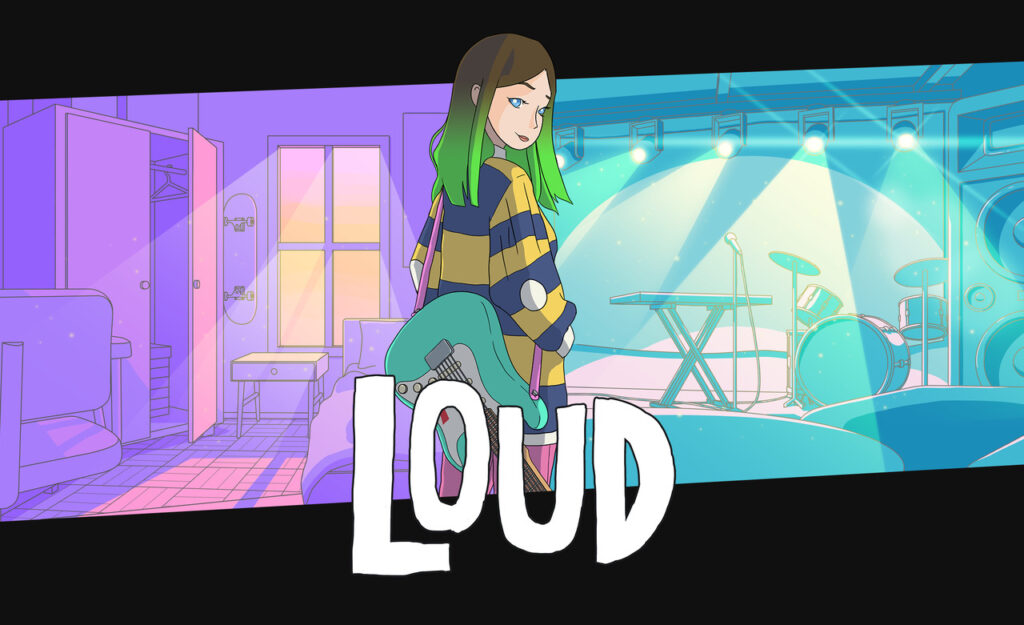
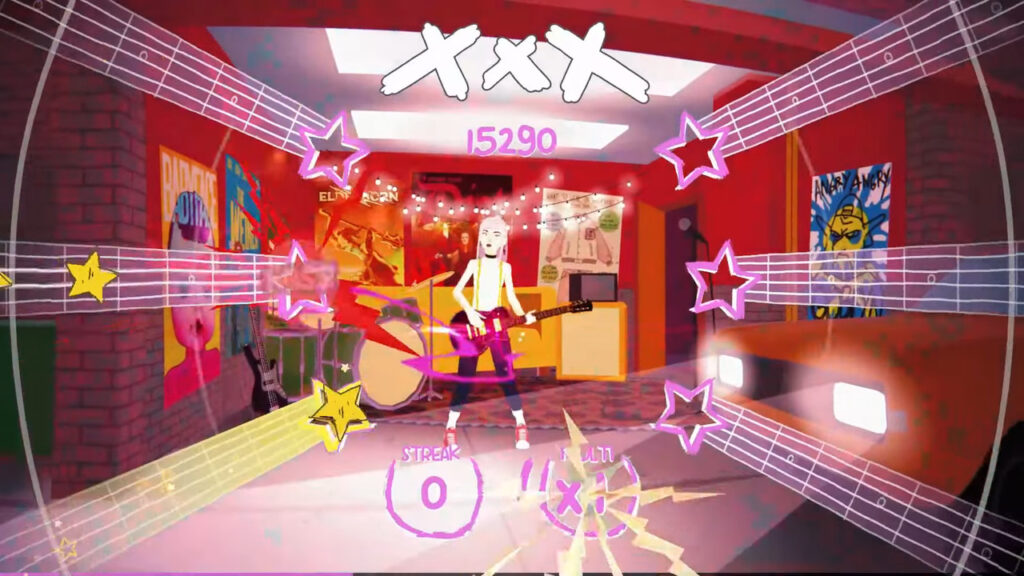
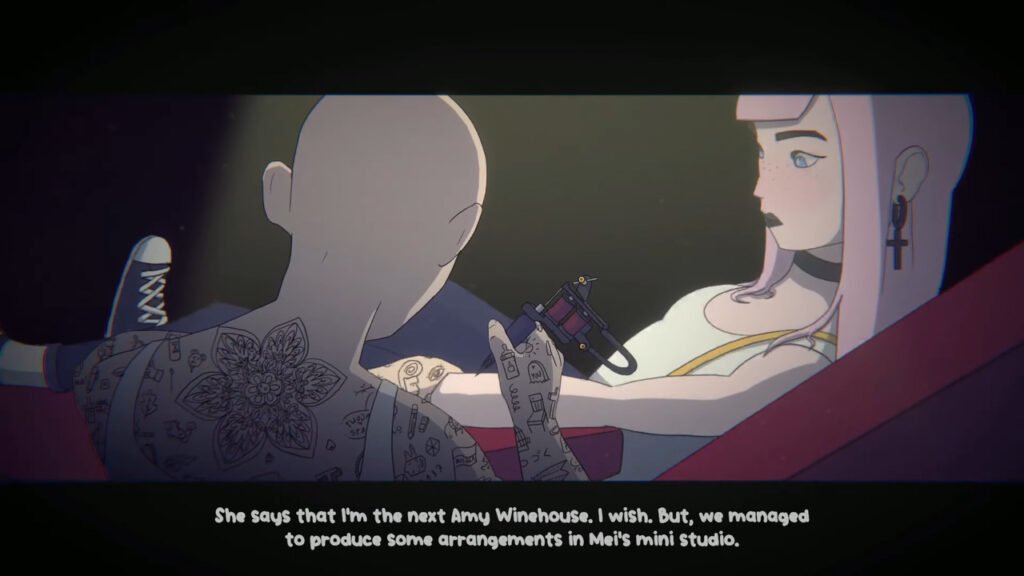
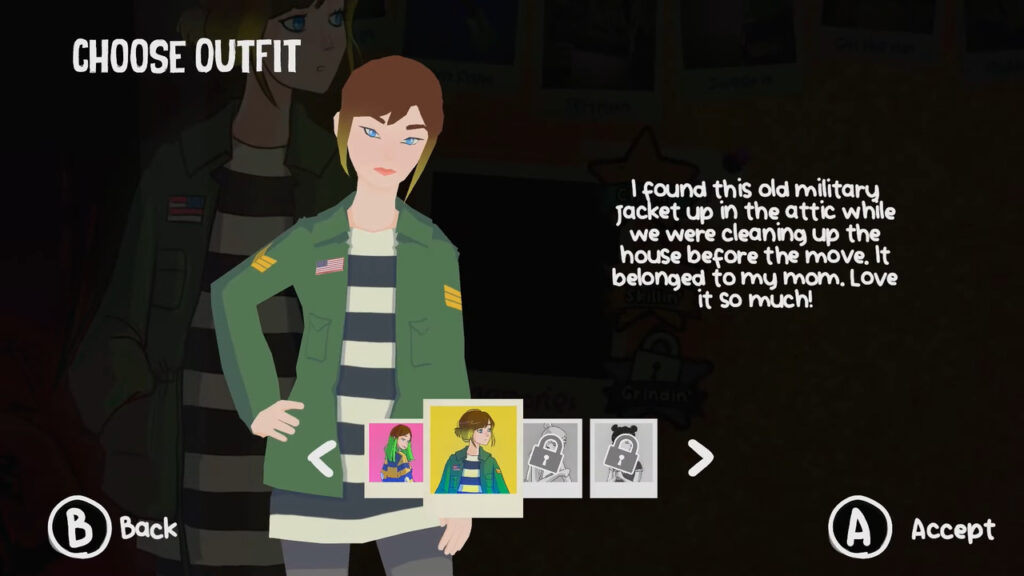
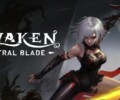



No Comments